I absolutely love bluebell season. Bluebell season in England typically starts in late April and concludes in mid-May, although this will depend on the weather. In mid-May, we had some lovely weather, so I made my way to enjoy the spring at Hinton Ampner. It was my second visit to the National Trust property after a late summer visit a couple of years ago. Hinton Ampner is located in Hampshire, and the house dates from the late-1700s. In addition to visiting the house (open during selected days and times in the spring and summer months), visitors can enjoy the formal gardens, walled garden, a church, and estate walks. The bluebells are located on the grounds of the longest estate walk: Dutton Estate Walk. This is a four-mile loop walk that borders along upper fields and crosses into forest.
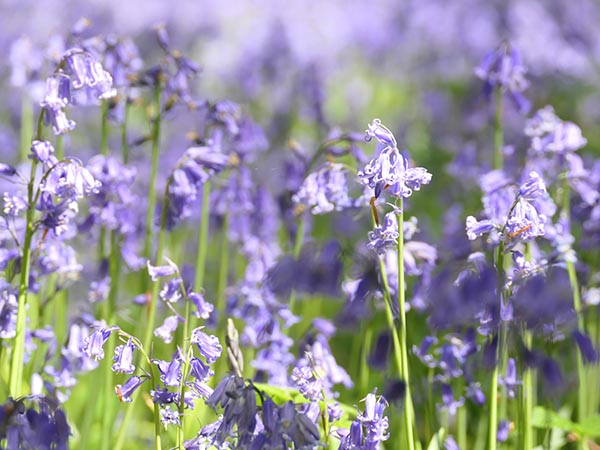
I started the route in the correct direction according to the map, bearing left and then continuing clockwise. The first stretch of the walk, which was a quite sizable portion, bordered the open fields on the left and right with some small slivers of woodland bordering some field.


One of these slivers of woodland lay on the top of the ridge of the hillside between the sloping pastures. In a small section of this sliver of woodland were hundreds of bluebells.



The small section of bluebells did not expand the full portion of the woodland between the fields, so I found my way out and back on the main pathway bordering the fields. Bear in mind to follow the National Trust gold trail markers. There are some additional yellow markers for other walks in the countryside. Some of the markers are also a bit tricky to notice, particularly as they are in a natural gold colour and do not really stand out much.

The pathway winded around, down a hill bordering a couple of farms, and then across a small road where it went uphill. By now, I had walked approximately half an hour or slightly longer. The entrance to ancient woodland, Joan's Acre Wood, was here. I noticed the bluebells straight away. They were on both sides of the path, and they smelled beautiful. This was the only spot on my loop walk where I smelled the bluebells, although I saw just as many in one or two other spots. The bluebells seemed to go on for miles carpeting the forest floor.



The bright sunshine did make taking photographs slightly difficult in the woods. Of course, it looked much more beautiful in real life when surrounded by the aroma, birdsong, rustling leaves, and colour...the dancing shadow and light amongst the purples and greens.


The footpath winded around further, each section a continuous display of bluebells. I saw few others. In most places, I had the woods to myself. I snapped some photographs and went on my way.



The trail winded around and eventually led down to another road. Following this road a little bit led out of the woodland and then to a gate on the left where there were warnings about forestry work taking place. I nearly missed off part of the walk due to these signs and continued to follow the road until I realised.

The gate (in the photograaph below) had a couple of cars parked out in the front and a wide footpath or track uphill. I spotted a small dead deer or fawn on the track. This was the entrance to Broom Wood.

There were a few bluebells here and there, but it wasn't until descending down a hill after a couple of turns that I discovered a field of them in a little dip.


It was mainly small clusters along one side of the trail or the other or parts of the trail without any at all.



Broom Wood's trail then gradually descended downhill where the trail was wider, and bluebells were along the majority of this part.


At the end of the trail, I came to a gate and then a small road where I turned to walk the remaining way part of the trail back to where I started. This led back to Hinton Ampner, back up a gradual hillside. The grounds are gated off until arrival at the start of the trail, on the opposite side of the church.

The loop walk was four miles, and I espected this to take me just over an hour. It took me nearly two hours, and I didn't stop to rest and did not linger too much with the bluebells. It was a warm day, and it was lovely. I used to spend so much time walking in the woodlands and fields when I was growing up, and I realised how much I miss it.
More posts about National Trust's Hinton Ampner can be seen on this blog. See below:
Hinton Ampner (Hampshire National Trust): Lockdown Edition
Hinton Ampner Spring Visit


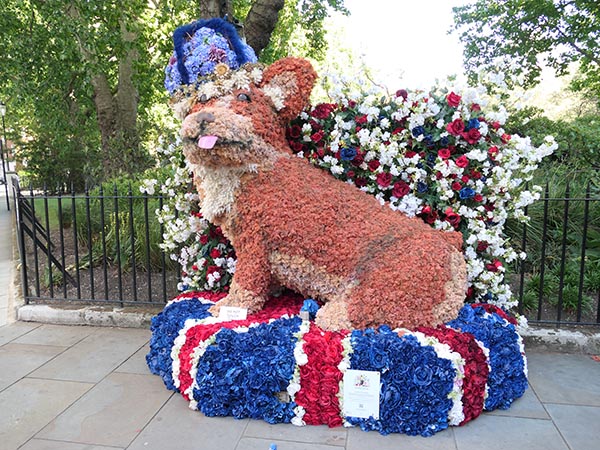

















































































































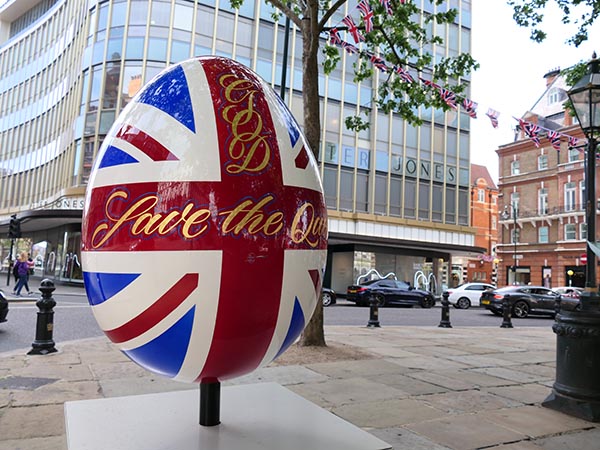
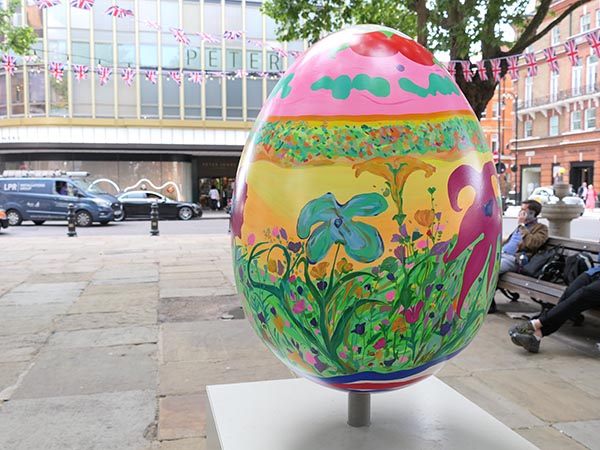
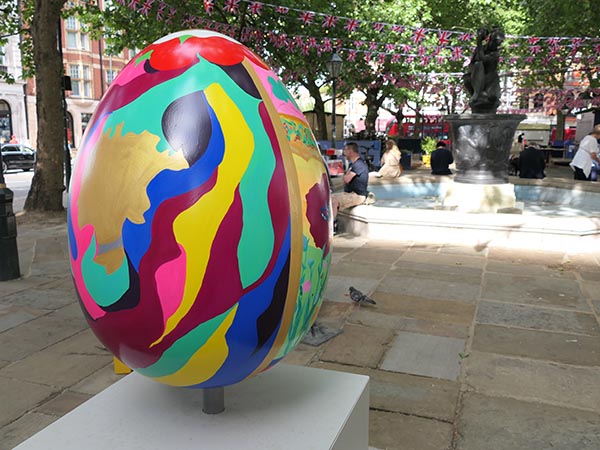
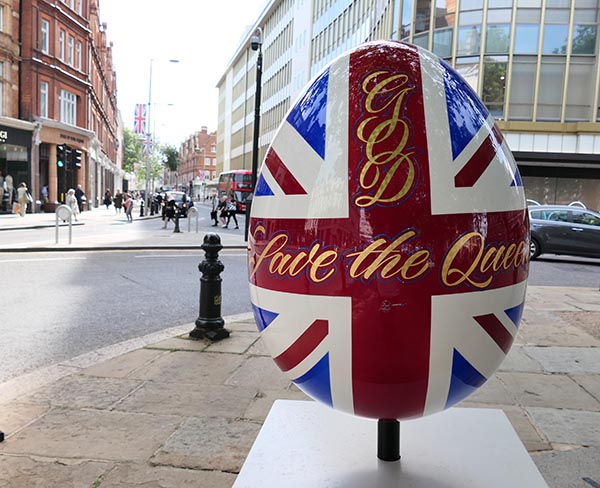
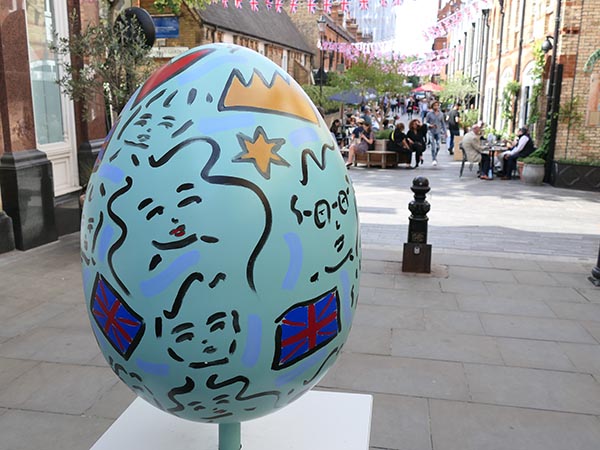
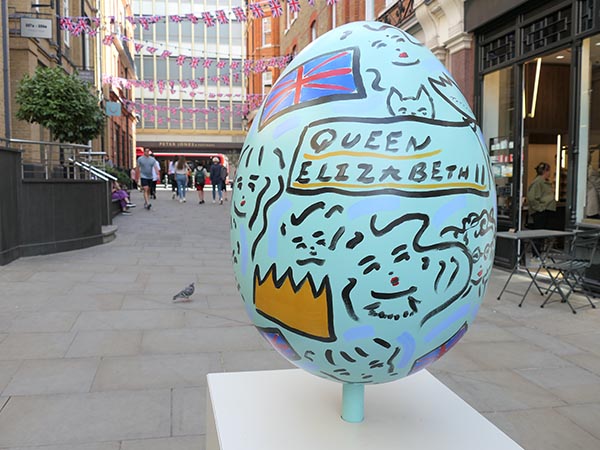
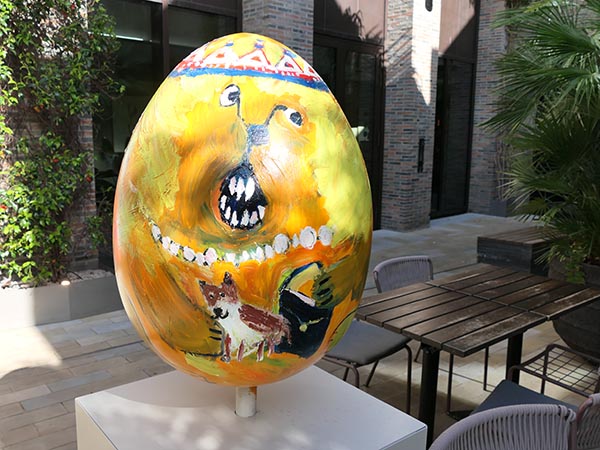
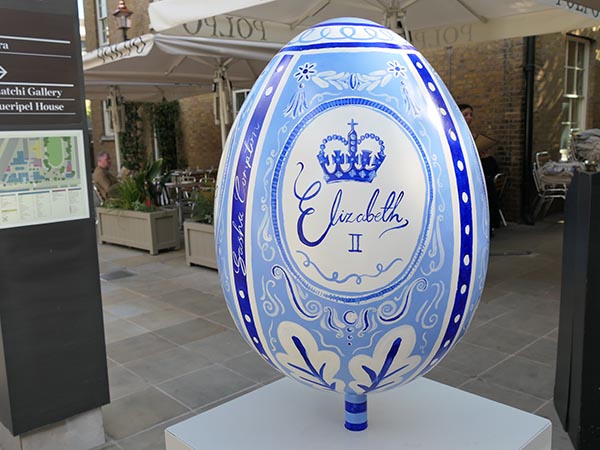
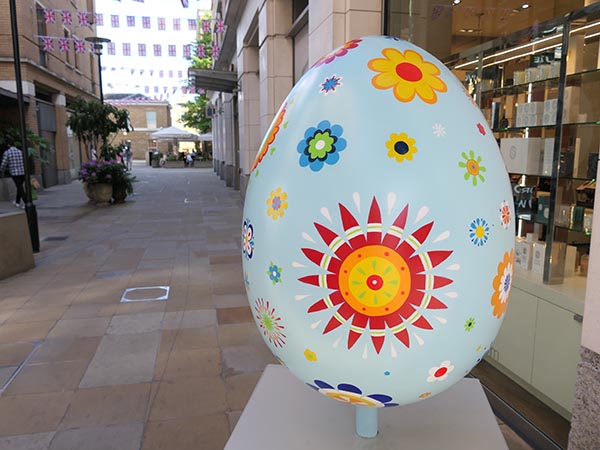






















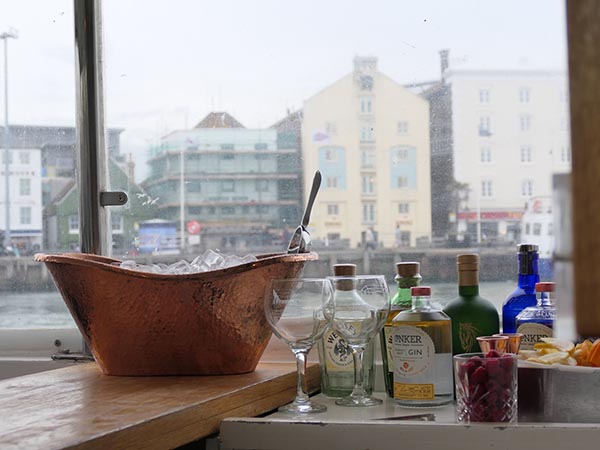

























































































































































































































































































Recent Comments